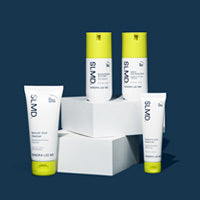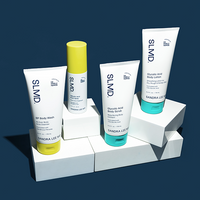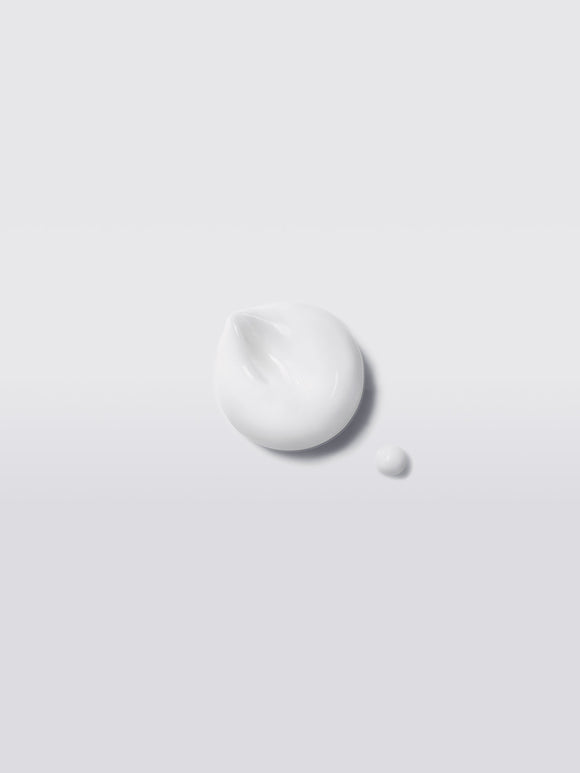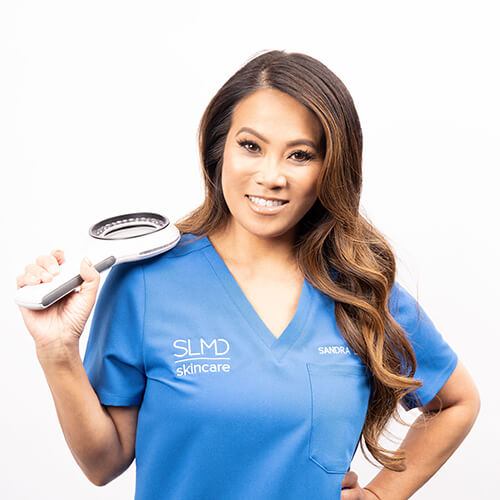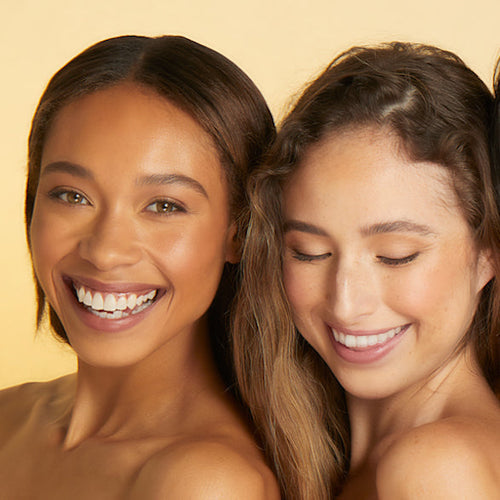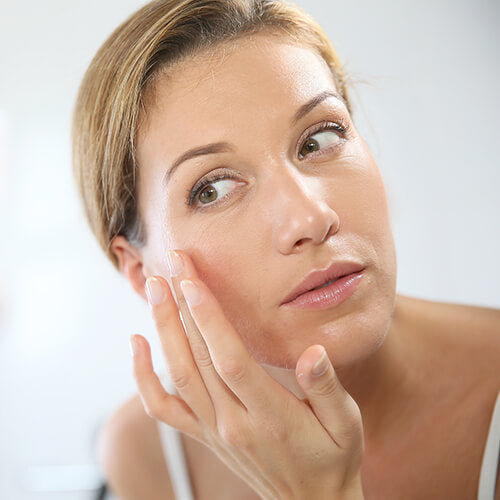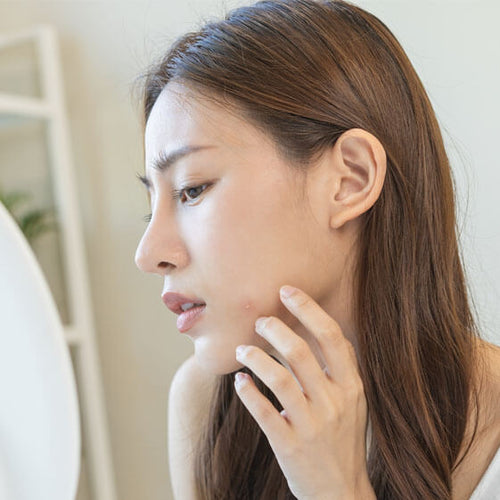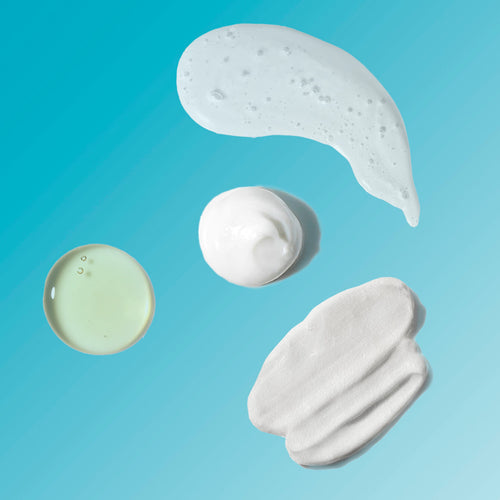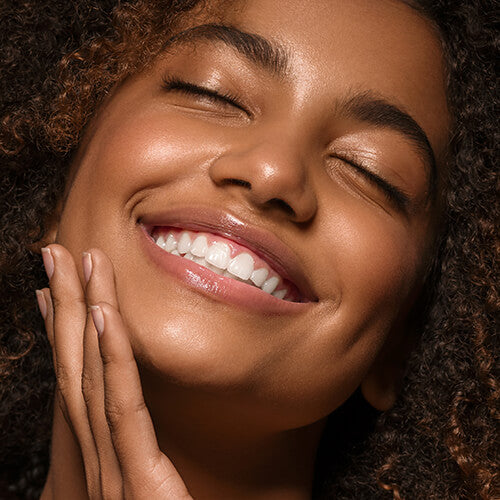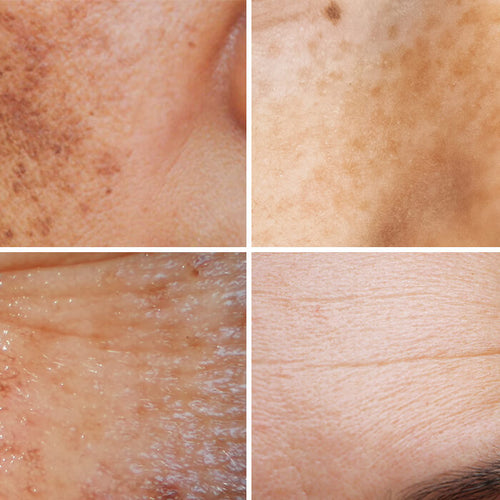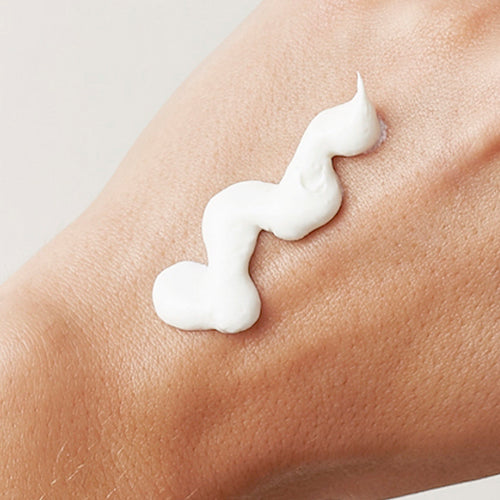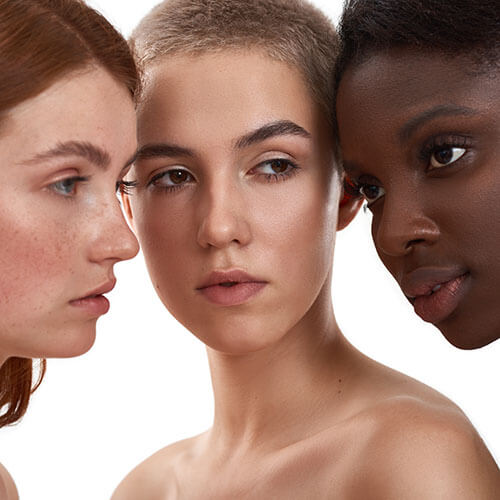
How to Find Your Fitzpatrick Skin Type — And Why It Matters
Dr. Pimple Popper explains how this rating system can help optimize your skincare regimen.
Published:
4 minute read
Your skin tone isn’t just about appearance — it can influence how your skin reacts to the sun, skincare products, and dermatologic treatments.
That’s why dermatologists use something called the Fitzpatrick scale: a classification system that helps determine how likely your skin is to burn, tan, or react to irritation. It’s a useful tool for tailoring skincare — and understanding your personal risk for concerns like sun damage, hyperpigmentation, and skin cancer.
With expert insight from Dr. Sandra Lee, MD (aka Dr. Pimple Popper), we’re breaking down everything you need to know about your Fitzpatrick skin type — and how it can help you make smarter skincare decisions.
Article Quick Links
What is the Fitzpatrick scale?
Developed in the 1970s by Harvard dermatologist Thomas B. Fitzpatrick, MD, the scale was originally used to assess UV sensitivity in patients undergoing light therapy. He realized that hair and eye color weren’t reliable indicators of how skin would respond to sun exposure — so he created a scale based on how likely a person is to tan or burn, which reflects how much melanin their skin produces.
Today, the Fitzpatrick scale helps dermatologists:
- Evaluate skin cancer risk
- Personalize sun protection recommendations
- Guide safe use of lasers, peels, and other procedures
Learn more about how UV Radiation affects your skin
How to determine your Fitzpatrick skin type
There are six Fitzpatrick skin types, ranging from very fair (Type I) to deeply pigmented (Type VI). Though a dermatologist can make the most accurate determination, you can get a general sense by comparing your skin, hair, eye color, and UV response.
Type I
Type II
Type III
Type IV
Type V
Type VI
Dr. Pimple Popper tip: "Skin type isn't about your ethnic background — it's about how your skin reacts to the sun. Two people from the same family can have completely different Fitzpatrick skin types."
Want to know more about skin tone and melanin? Read our blog, Melanin 101.
Dr. Pimple Popper's Sun Smart Picks
When do dermatologists use the Fitzpatrick scale?
Understanding how your skin responds to sunlight and irritation is key to customizing skincare and treatments. Dermatologists use the Fitzpatrick scale to:
- Diagnose accurately: Inflammation, redness, and conditions like eczema or rosacea can appear differently depending on your skin tone.
- Choose safe treatments: Lasers, microneedling, and chemical peels carry more risk for hyperpigmentation or scarring in deeper skin tones. Fitzpatrick type helps guide treatment settings and products.
- Assess skin cancer risk: Though fair skin (Types I–II) has a higher risk of UV-related skin cancers, darker skin tones (Types V–VI) can still develop skin cancer — often diagnosed later and in harder-to-see areas.
Dr. Pimple Popper tip: “I tell all my patients — no matter your skin tone, you still need sunscreen every single day.” Learn more in Dr. Sandra Lee’s sunscreen guide.
FAQ: Fitzpatrick skin type
Q: Why is the Fitzpatrick scale important for skincare?
A: It helps dermatologists personalize treatment and make safer choices — especially when using potent actives or performing procedures that carry pigment risks.
Q: Can your Fitzpatrick skin type change over time?
A: Your natural skin tone is mostly genetic, but sun exposure, medications, or conditions like melasma can affect how your skin behaves. A dermatologist can help reassess.
Q: What skin types are more prone to sunburn and skin cancer?
A: Types I and II are most vulnerable — but all skin types need SPF, since skin cancer can affect anyone.
Q: Does Fitzpatrick type affect skincare product choice?
A: Yes. Products with retinoids, AHAs, or brighteners can trigger hyperpigmentation or irritation in deeper skin tones, so knowing your type helps guide formulation and frequency.
Q: How should Fitzpatrick type influence sunscreen use?
A: Lower types (I–III) may need higher SPF and more frequent reapplication, but everyone benefits from daily broad-spectrum sunscreen — especially if using exfoliants or brightening products.

Dr. Lee's Last Word
Knowing your Fitzpatrick skin type can help you understand how your skin responds to things like the sun or irritation. It’s not about labeling — it’s about personalizing your care.
